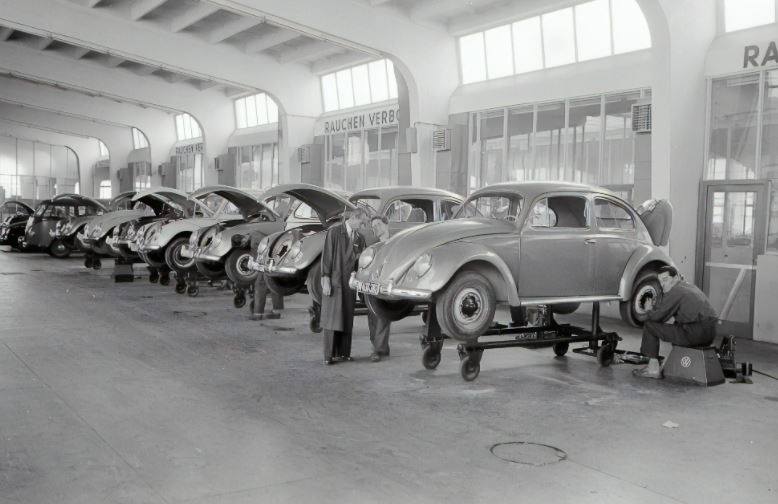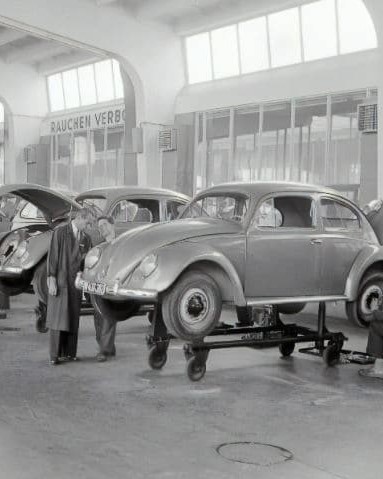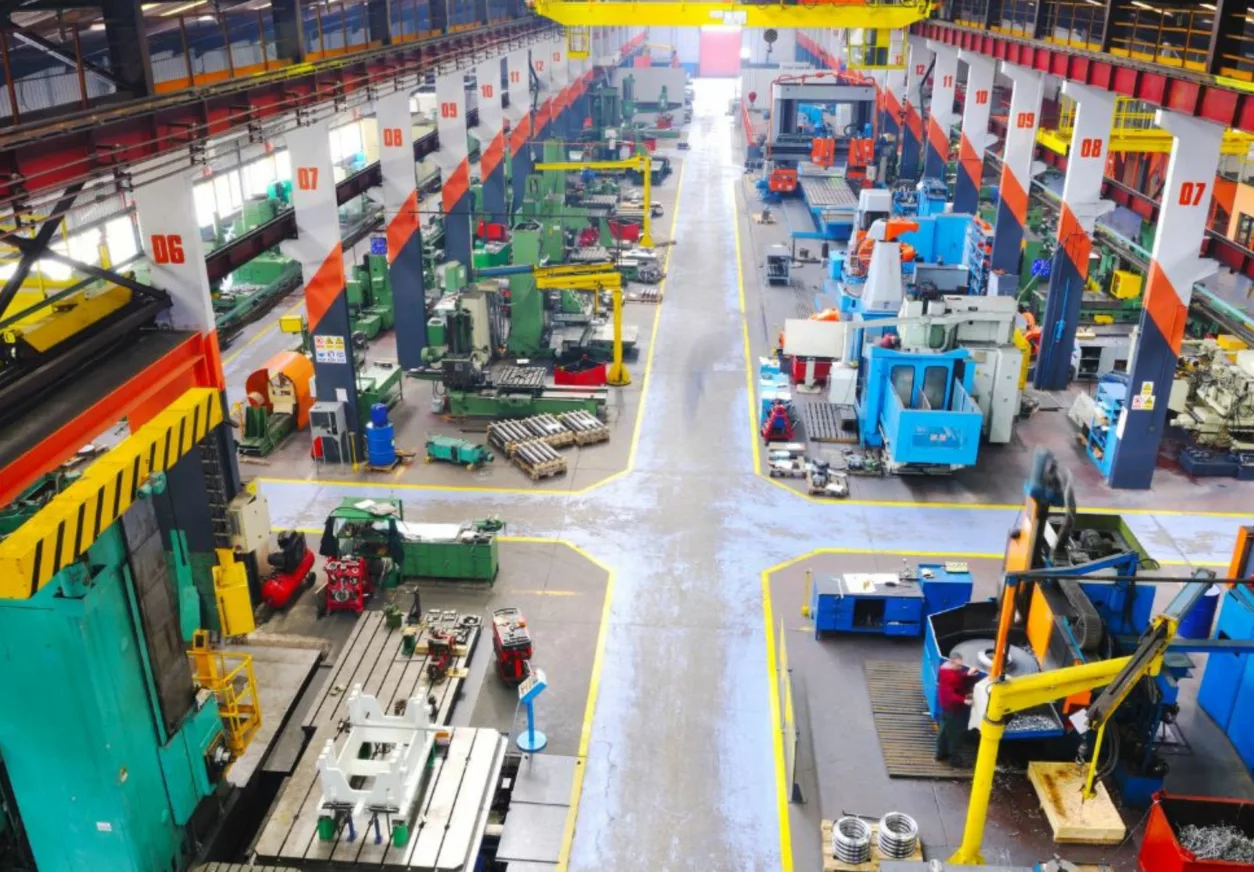Taylorism, Fordism and Toyotism: what are these three trends that have literally revolutionized industry? By going back to the fundamentals and origins of industrial production, we can understand how the successive introductions of these new continuous improvement and lean management approaches were articulated, and how they enabled manufacturers to considerably increase their productivity.
At the beginnings of the industry
Industrial production can be broken down into 4 key stages:
- The birth of interchangeability (early 19th century),
- Taylorism (end of the 19th century),
- Fordism (early 20th century),
- Toyotism (after 1945).
In this article, we will detail each of these major stages of industrial production.
Read also: Real-time data must be the cornerstone of Industry 4.0 Revolution
The principle of interchangeability
Le principe de l’interchangeabilité est le concept clé de l’industrie.
Imagined at the end of the 18th century in Europe, it aims to make industrial production uniform, as opposed to artisanal work. The implementation of interchangeability is risky and costly, because it is necessary to sell large quantities.
This is the beginning of mechanization.
The entrance of Taylorism
In this new context, Frederick Winslow Taylor (1856-1915), an American engineer, invented a new science based on interchangeability: the Scientific Organization of Work (SOW). He sought to improve production and the condition of workers.
The OST consists of breaking down production into simple actions to eliminate unnecessary ones. Each operation is timed so that they are coordinated. Workers specialize so that they are only responsible for a specific operation on the production line. The laboriousness of the work increases because the worker is detached from any task apart from his job.
Taylorism revolutionized industrial production: companies produced more because specialized workers worked optimally without any gaps in production.
An implementation: Fordism
Henry Ford was an entrepreneur who applied Taylor’s theories to the production of his cars.
Fordism is a practical application of OST. It is the apogee of assembly line work, where the worker does not move from his workstation.
In practice, it is the chassis of the car that passes from station to station on the assembly line. Belt conveyors and conveyor belts bring the necessary parts to the workers.
Fordism also included social measures for workers. They are, at that time, very well paid. Indeed, the Ford became the second most produced car in the world. In 1924, 10 million Ford T’s were produced, i.e. 90% of the cars in circulation in the world. The production continues until 1927 with 15 million Ford T produced.
The success of the company allows Henry Ford to double the wages of the workers. As a result, the purchasing power of the workers increased and they could afford to buy a Ford, which increased the company’s sales. Henry Ford also reduced the workday from 10 to 8 hours. This allowed him to introduce the 3/8 shift: the day was divided into 3 sessions of 8 hours, the workers took turns and the factory never stopped.
What is Toyotism?
Toyotism, invented in Japan by the industrial engineer Taiicho Ohno (1912-1990) after the Second World War, is an OST that proposes a reversal of production logic while keeping the same objectives as Taylorism, i.e. aiming at productivity gains. The status of workers changed radically: they were more responsible and versatile.
Contrary to Fordism, production works on a just-in-time basis, to respond more flexibly to customer demand.
Toyotism aims to respect 5 conditions, called the 5 zeros:
Zero delay: products are manufactured in just-in-time,
Zero stock: no overproduction is tolerated,
Zero paper: paper consumption is reduced to a minimum,
Zero defects : no product must be defective,
Zero breakdowns: no machine defects are tolerated.
And after Toyotism?
After the revolutions caused by Fordism and Toyotism, in the 2010s, Elon Musk shakes up the system by introducing an innovative organization: coming from the digital world to industry, he thinks of a car as a computer before thinking of it as a means of transportation.
Some people are already talking about a 4th industrial revolution, driven by Elon Musk. Michael Valentin, a consultant at the OPEO consulting firm, refers to this new movement as Teslism. This promising movement may indeed become a milestone in the history of industrial production.








